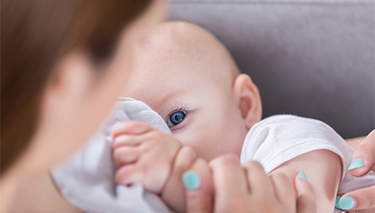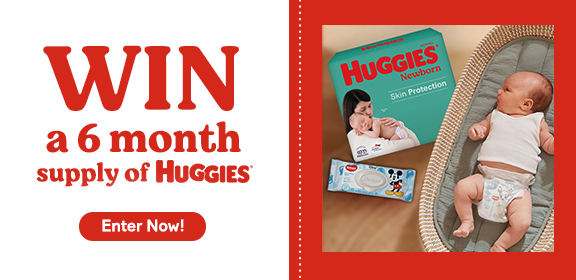Breastfeeding tips for success
Here’s our selection of breastfeeding tips to help you and your baby make a success of feeding right from the very start:
- Feed your baby as soon as you can – straight after the birth if you and your baby are well.
- Get help with positioning – if it hurts, there’s a problem. Initial tenderness is normal. Soreness that gets worse is not. Midwives in hospital, or community midwives who visit you at home, can help you change things so they are not as painful. Creams and other potions on your nipples won’t help with soreness if the underlying cause is poor positioning.
- Keep your baby close to you. When you can, skin to skin contact – with your baby nestled against you – is soothing for your baby, and helps you respond to signs she makes when she wants feeding.
- Frequent feeding is normal in the early days – don’t try to make your baby go a set time between feeds.
- Offer both breasts at every feed. It doesn’t matter if your baby only takes one.
- Remember breastfeeding is something you and your baby have to learn and it can take a little while for it to feel normal and natural. What goes on in the first days and weeks changes as time goes on.
- Important breastfeeding tip, don’t give your baby bottles of anything while you’re still establishing breastfeeding. Even if you consider it later on, while your baby’s still learning, the use of the bottle and the teat can affect her ‘skill’ at breastfeeding.
- Soreness later on, after a period of pain-free feeding? This could be the result of thrush on your nipples. Both you and your baby need treatment.
- Forget the clock when you’re breastfeeding. The length of time your baby is on the breast is irrelevant to success and doesn’t reflect the amount of milk she’s getting, some babies get what they need in a few minutes, whereas others take a lot longer. Most babies have natural pauses in their feeds which are variable in length too.
- …but long feeds (say, regularly over an hour) which fail to keep your baby happy and leave him hard to settle, are a sign something’s not right. Check positioning, to ensure your baby’s able to take a more satisfying feed.
- Regularly change your breast pads. Damp breast pads quickly develop bacteria.
- Gently remove your baby from the nipple by breaking the suction seal they have created. Gently slide your finger into the corner of your baby’s mouth and pull baby off.
- Squeeze a little milk onto your nipple and massage this in. If possible leave your nipples to dry in the open air.
For more information see Baby Care
Last Published* May, 2024
*Please note that the published date may not be the same as the date that the content was created and that information above may have changed since.




















